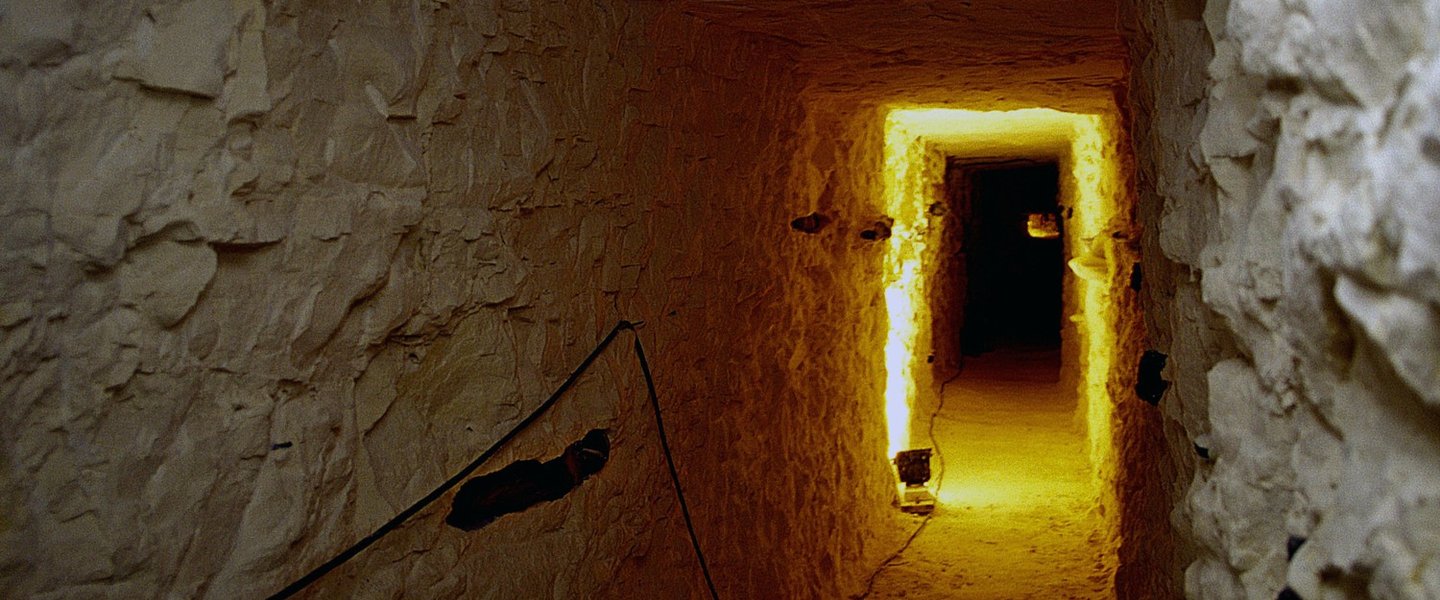Prehistoric flint mines to be added to UNESCO list
Buried in the Holy Cross Mountains, “Krzemionki” is a monument which dates back 6,000 years. Precious banded flint, a mineral discovered by archaeologists not to be found anywhere else in the world, used to be mined here.
The prehistoric banded flint mines in Krzemionki will most likely be added to the prestigious UNESCO World Heritage List within a few years. The facility was recently put on the Polish information list created by the World Heritage Committee in our country.
“Procedures and the preparation of relevant documents should take another two to four years before Krzemionki can be put on the UNESCO list. Of course, it is for the UNESCO Committee to make the final decision. However, we believe that our facility deserves this distinction because it is unique compared to other European flint mines,” Magdalena Głąb from the Promotion Department of the Archaeological Museum in Krzemionki told Poland.pl. “In the process of inclusion on the World Heritage List, the good will of the Polish state, which nominated us, is very important,” she adds.
Banded flint is an unusual mineral. It formed about 150 million years ago, in the era of dinosaurs and has survived to our time mainly in the form of so-called concretions, or oval stones integrated into the Jurassic sediments, like raisins stuck in dough. And these “raisins” were what the Neolithic miners, who began to drill shafts in the rocks of the Holy Cross Mountains almost 6000 years ago, were looking for. The unique striped pattern of this mineral contributed to its great popularity, which lasted until the second millennium BC. Brought by traders, decorative axes, knives, chisels and sickles reached territories beyond the Oder and the Dnieper. Archaeologists found them on sites across Central Europe, even 600 km away from Krzemionki. Banded flint, which can be found only in Krzemionki and its immediate vicinity, has become a very valuable mineral, a stone sought both for its utility and – as archaeologists claim – magic.
“In Europe, five more flint mines have been discovered, but none of them, except for ours, was mining banded flint and was as technologically advanced as Krzemionki,” says Magdalena Głąb.
The expert explains that the Neolithic flint mines located in Belgium and Great Britain are collections of simple pits. Underground tunnels, extending radially from the main shaft were drilled additionally only on Polish territory. If you wanted to compare it to something, you could imagine an umbrella laid canopy up without the material cover.
The fact that this was a large centre is proven by the discovery of more than 4,000 mine shafts occupying an area of 78.5 ha! The largest ones are 9 meters in depth, and individual underground excavations reach up to several hundred square meters.
Right next to the shafts, flints used to be processed in mine workshops – they were turned into blades of axes or knives. The houses situated nearby provided board and lodging for the miners. Even though the mines were not used simultaneously, it is still clearly visible that a really large, at that time, mining centre was operating here in the early Bronze Age (from approx. 3900 to 1600 BC).
Today, there is an underground tourist route which is almost 500 meters long, and is 11.5 meters at its deepest point, connecting several excavations on the area of this extraordinary mine. It enables us to see the section of well-preserved tunnels and rock paintings made by prehistoric miners that are still clearly visible, including the image of the Great Mother Goddess used as the museum's logo.
The underground tourist route in Krzemionki is the only facility of its kind in the world open to the public. This facility is under archaeological and nature conservation. It was also recognised as a Monument of the History of Poland.
Aleksandra Stanisławska
21.06.2016







